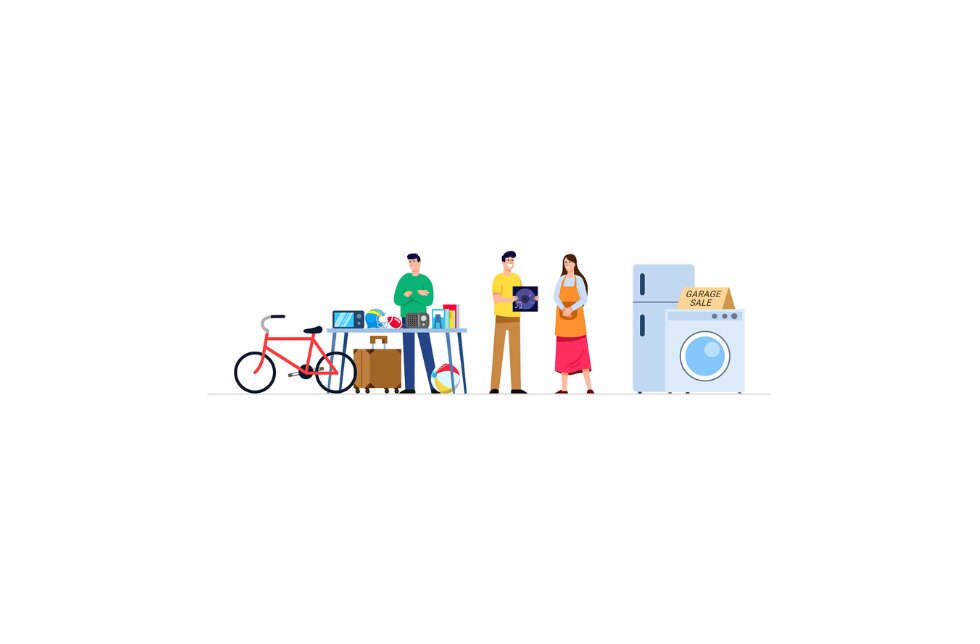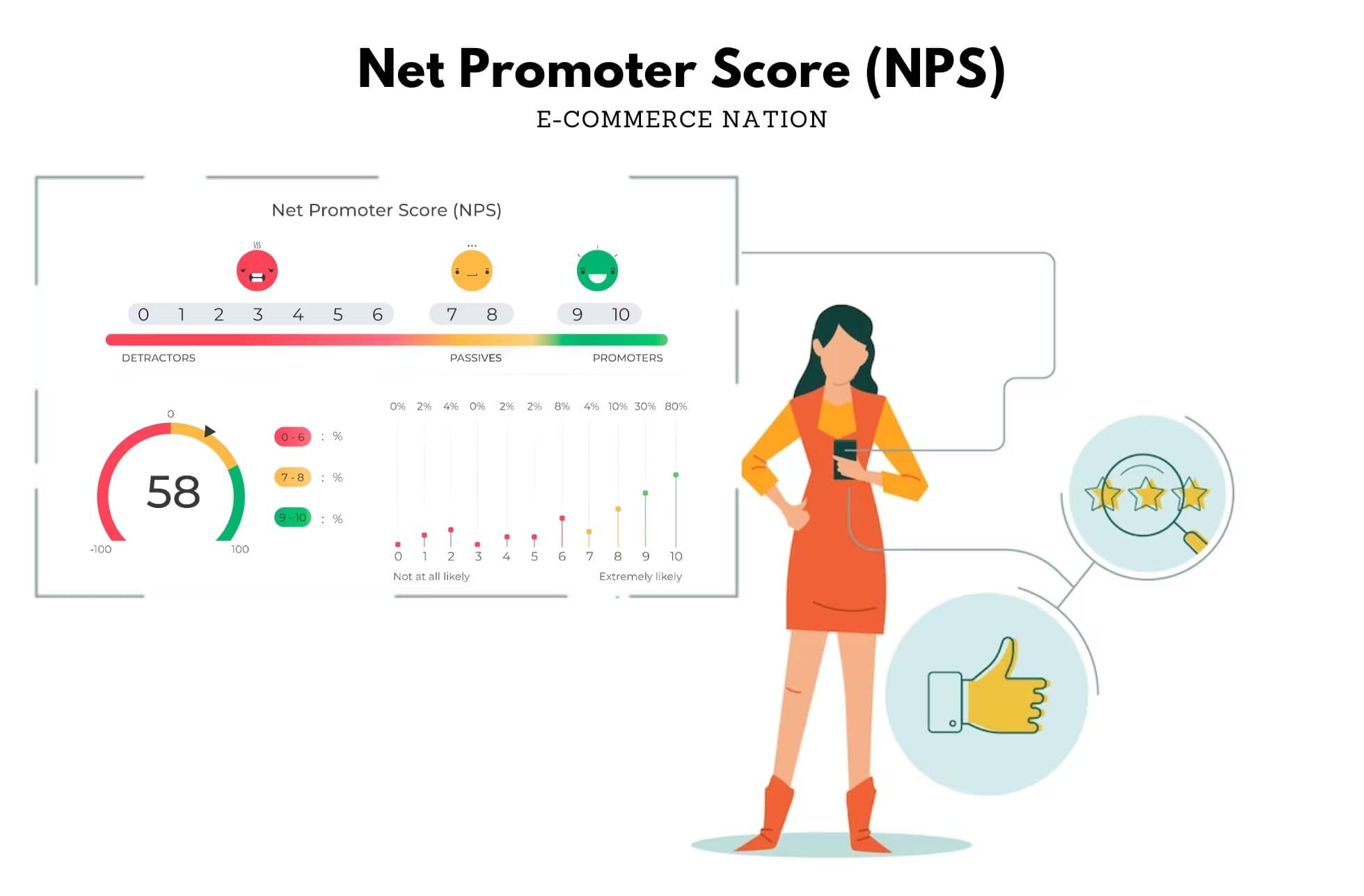Second hand is a growing trend. As consumers become more aware of the environmental issues, large retailers and independent retailers are increasingly offering what is known as upcycling.
In addition to being environmentally conscious, consumers are also paying more attention to their finances. Second hand goods can save money. The market is estimated to be worth 86 billion euros in Europe.
In this article, we will define exactly what second hand is, while introducing you to the main players in this ever-growing market.
Second hand: definition
Second hand refers to the consumption of products that once belonged to someone else. This notion is often associated with that of upcycling, which corresponds to upcycling. This means using an old product to make a new one.
Why are consumers turning to second hand?
The second hand market, once frowned upon, has now caught on with the younger generation (especially Millennials and Generation Z). Second hand has become a source of pride, even a fashion statement. This trend is becoming more and more widespread among young people, with the expansion of the circular economy and thoughts turned towards sustainable development. Consumers thus derive ethical, economic and social satisfaction.
“Shoppers aspire to own fewer but better pieces, reduce over-consumption and take better care of their wardrobe. The burgeoning second hand market is helping to achieve all three of these goals,” says a study by the Boston Consulting Group. For example, 70% of consumers surveyed said that buying second hand goods encourages them to take better care of the products they buy. 60% of second hand sellers would not have thought of giving their clothes a second life without the existence and development of the second hand market.
The numerous social movements for the preservation of the environment as well as the actions of various NGOs are also the cause of the development of this mentality. In particular, more and more consumers are aware of pollution in the fashion world.
Indeed, if we look at greenhouse gas emissions, the textile industry is ranked as the 5th largest emitter with 1.2 billion tons of greenhouse gases emitted, which is 3% of total emissions worldwide. The fast-fashion industry is directly responsible for this. In the early 2000s, fast fashion arrived, with retailers moving from traditional Spring/Summer and Autumn/Winter collections to 52 collections, i.e. one collection per week. As an example, knowing that it takes the equivalent of several dozen showers to make a pair of jeans, the sector uses nearly 4% of the world’s drinking water for its production.
New purchasing behaviours and attitudes have thus emerged. Today, it has become almost unthinkable, in the minds of some consumers, to buy in the same way as 10 or 20 years ago. Ecological and social awareness has brought consumers face to face with their destructive habits for the planet, as well as with the disastrous working conditions of some employees in third world countries.
Faced with the urgency of the situation, consumers have found different ways to improve the way they buy. From decreasing the frequency of purchases, to getting information on eco-responsible brands, to renting, to buying and reselling second hand products: the market is currently experiencing strong growth.
The second hand market attracts consumers with attractive prices, offering products that are 30, 40 or even 70% off for certain goods (the luxury second hand market developed strongly during the COVID-19 crisis). For example, the second hand clothing application Vinted contains mainly ads for less than €5.
What are the key figures for this market?
As mentioned earlier, the second hand market has been growing strongly for several years. According to the Future Market Insights, it should grow by 14.8% over the next 10 years. It should even overtake the fast-fashion market by 2028, according to a study by the American website thredUP (according to them, second hand goods should represent 13% of the market’s purchases, compared to 9% for fast-fashion), bringing the turnover of second hand goods to 56.5 billion euros.
Within 10 years, experts estimate that the share of second hand items in our wardrobes will have doubled, a trend driven by the digitalisation of the market.
Sales of second hand items, traditionally done in second hand clearance shops and by second hand dealers, have increased in the digital age.
These websites and applications make it even easier to sell C to C items, i.e. the sale of items by individuals. This makes it possible, for example, to generate an additional income that can be significant in some cases, marked by an environmental approach that benefits the purchasing power of sellers.
On the other hand, although sales between private individuals are experiencing a significant jump, this is not the case for all sectors of activity. Indeed, for products with high added value, or more technical products, consumers are still wary.
Experts estimate that the global second hand market will be worth €50 billion by 2023. The COVID-19 crisis has presented an opportunity for this market to grow.
The crisis has thus become a boon for the players in this particular industry. Indeed, the crisis has given consumers the time to sort through their belongings and put them up for sale, while discovering the goods put up for sale by other users, creating a virtuous loop of purchase/resale throughout the territory. Moreover, with the absence of traditional shops and ready-to-wear chains, which closed during the health crisis, consumers have turned to second hand platforms.
There is no typical consumer profile. Managers and workers, urban and rural people alike, recycle”. However, women are still in the majority in this market:
- 1 in 2 women say they have already bought a second hand item
- 1 in 3 men say they have already bought a second hand item
How is the second hand market divided up?
The market can be broken down in 3 different ways:
The professionals
Firstly, there are the professionals of the second hand market. These professionals acquire goods belonging to private individuals, with the aim of reselling them later on. In the second hand industry, with a similar logic, professional dealers organise themselves by stocking private individuals’ products in order to resell them.
Second hand goods dealers and antique dealers
Next, we find second hand dealers and antique dealers offering the same process. The difference is that antique dealers are interested in old or collectible objects, requiring authentication and a complete restoration of the objects before they are put up for sale.
The second hand dealer will not need this identification, but the objective of reselling second hand products will remain the same. His place of work will simply be located at the various flea markets that take place during the year or in second hand shops, which are very popular with the younger generation.
Special places
Like the Internet or garage sales, which require consumers to organise themselves to sell and buy products. This is known as the collaborative economy.
Online second hand platforms
As this market has grown, many platforms have gained in popularity with consumers.
Vinted
Vinted is a company created in Lithuania in 2008. The platform specialises in the resale of second hand clothes and accessories by individuals. Vinted made its appearance in France in 2013.
In June 2022, the pure-player platform announced that it would be setting up lockers in supermarkets in the Île-de-France region to make it easier to send goods.
Etsy
Etsy is often seen as the alternative to Amazon for crafters. Founded in 2005, the American company offers over 120 million products. Especially, a large number of craftsmen renovate products before reselling them. This means that they are upcycling and participating in the effort to make commerce more responsible.
Photo credit: Alaik Azizi





